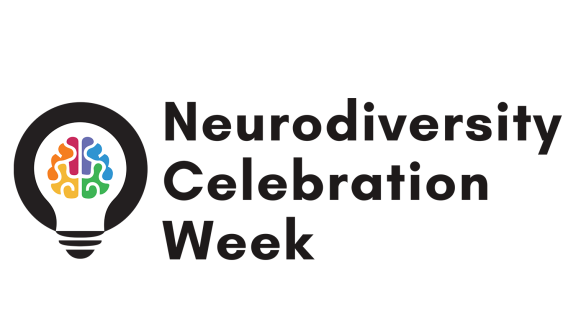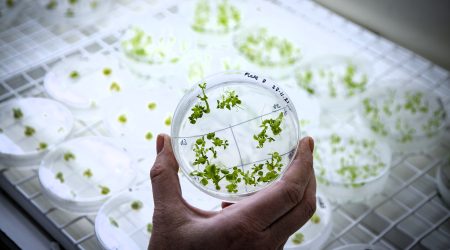Aphantasia: thinking without pictures

At the John Innes Centre we value diversity and are committed to the creation of a positive environment which is fair, welcoming and inclusive: where everyone is treated with dignity and respect. Striving for equity of opportunity is key in achieving our mission.
The John Innes Centre is delighted to be leading a new UKRI-BBSRC supported collaborative project, “Understanding, Valuing, and Celebrating Neurodiversity” which aims to raise the profile of neurodiverse people in research institutes, combining training, awareness building and networking activities, as well as sharing experiences of working with – and for – the neurodiverse community.
During Neurodiversity Celebration Week this year we are sharing insights from some of our staff who identify as neurodiverse, to celebrate how diversity of thought is central to the success of our research and innovation endeavour.
Lab Manager, Gary Wortley has aphantasia. Inside his head there are no pictures, things don’t appear in his “mind’s eye” as they do for many people.
How our brains process, use and access information varies enormously, and those with aphantasia experience what is sometimes called ‘image-free thinking’.
Aphantasia is part of the “range of neural diversity”, a term used by Joel Pearson a psychologist and neuroscientist at the University of New South Wales in a recent Guardian article. Pearson goes on to say, “Some people think in pictures and some don’t”. The Aphantasia Network, refer to it as ‘image-free thinking’.
In this blog we hear from Gary about his experience as a lab manager, about aphantasia and how he ‘visualises’, remembers, and interacts with information.
“When I was younger, a bandmate and I were designing a poster. I was struggling to spell a word, and my friend said, ‘visualise the word and then copy the letters onto the poster’. This made me think,” says Gary when asked about if there was a moment that made him realise that he was experiencing things differently from others.
“At the time, my immediate reaction was ‘visualise’? I can’t visualise words to help me spell them, because there are no images to look at. At the time I thought I was dyslexic, and whilst it was a bit odd that I couldn’t’ visualise the words to spell them, I thought that was just a part of dyslexia.”
“The second ‘wait-a-minute!’ moment was as I re-read a favourite book from my youth. The Star Wars book called, ‘Splinter of the Mind’s Eye”. I read it with a totally different perspective after I realised I didn’t have a ‘mind’s eye’. On first reading I’d thought it was a metaphor, or something linked to ‘The Force’, rather than how some people visualise things in their brain”.
Rather than seeing something in his mind, Gary describes his experience as more of a “feeling of what something is, looks like or does”. There is no visual 2 or 3D picture of the thing. He goes on to say, “It isn’t a problem, but I do get lost quite easily, and I mislay things often”.
“At work, and at home I am a list maker, and a persistent doodler of ideas, maps and things. This helps me to remember where things are and to visualise things outside of my head, to understand the design or function of something. Aphantasia changes the way I interact with information it seems, particularly with maps, designs and drawings”, which comes in handy as Gary is involved in the process of designing of our new laboratory.
“I often ask people to sketch things out for me, and I speak up and question from a different perspective to others when thinking about how things work. I suppose this has helped me in my career. Science is all about questions, and having people who think differently means that we solve problems and find answers creatively.”
“I can’t think of nothing, there’s always some thought or question in my mind. However, I don’t get stressed when it comes to thinking under pressure. If there’s an emergency, I tend to remain calm”.
In his spare time, Gary is a writer and musician, however he doesn’t hear music in his head. Aphantasia doesn’t just impact the visual, the Aphantasia Network explain, “Aphantasia can extend to other senses, such as being unable to imagine sound, taste, smell, movement, or touch.”
When asked how he remembers a tune, he says, “It is hard to describe, I physically feel the beat and the rhythm and I know how a chord and the notes should feel, and I know when it is wrong.”
We would like to thank Gary Wortley for sharing his experiences with us in this blog.
Further Information.
- Find out more about Aphantasia – https://aphantasia.com/what-is-aphantasia/
Read the recent Guardian Article – I can’t picture things in my mind. I didn’t realize that was unusual – https://www.theguardian.com/wellness/2024/feb/26/what-is-aphantasia-like



